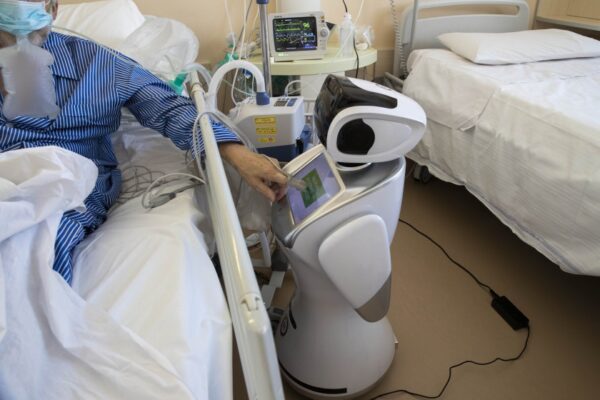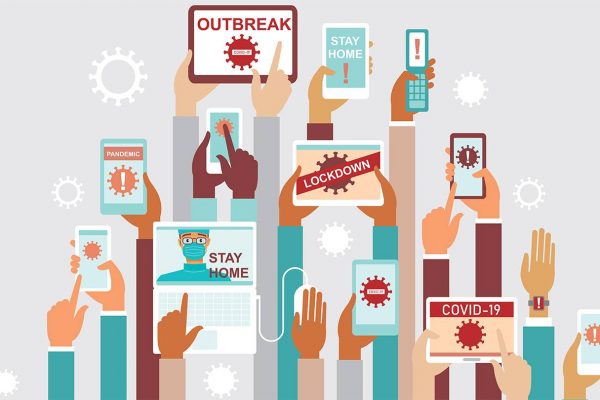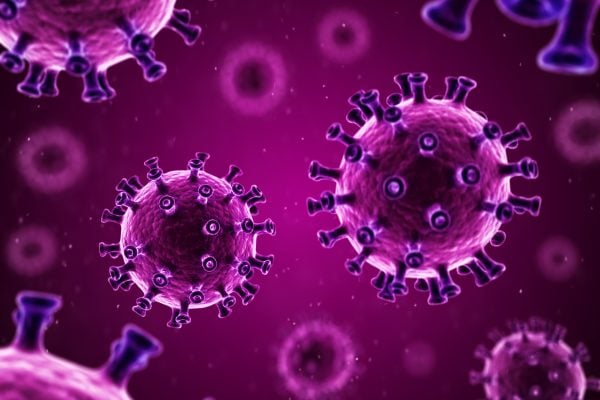In: COVID-19

Meet humanity’s new ally in the coronavirus fight: Robots, CS’s Russ Taylor, Los Angeles Times
- April 15, 2020
- COVID-19Robotics, Augmented Reality, and Devices
John C. Malone Professor Russell Taylor tells The L.A. Times that medical robots could be useful in intensive care units where risk of contamination is a major worry.

Hopkins researchers look to Twitter to evaluate social distancing measures
- April 9, 2020
- COVID-19Data Analytics
By comparing Twitter data from before and after the COVID-19 outbreak, Johns Hopkins University researchers found a profound impact on the...

Social media fuels spread of COVID-19 information – and misinformation
- March 30, 2020
- COVID-19Data Analytics
John C. Malone Professor Mark Dredze discusses how social media can help combat—or contribute to—the spread of misinformation during the COVID-19 pandemic

Malone researchers publish socioeconomic dataset for predictive modeling of COVID-19
Mathias Unberath, assistant research professor in the Malone Center, and team have published an open-source, machine readable dataset related to socioeconomic...